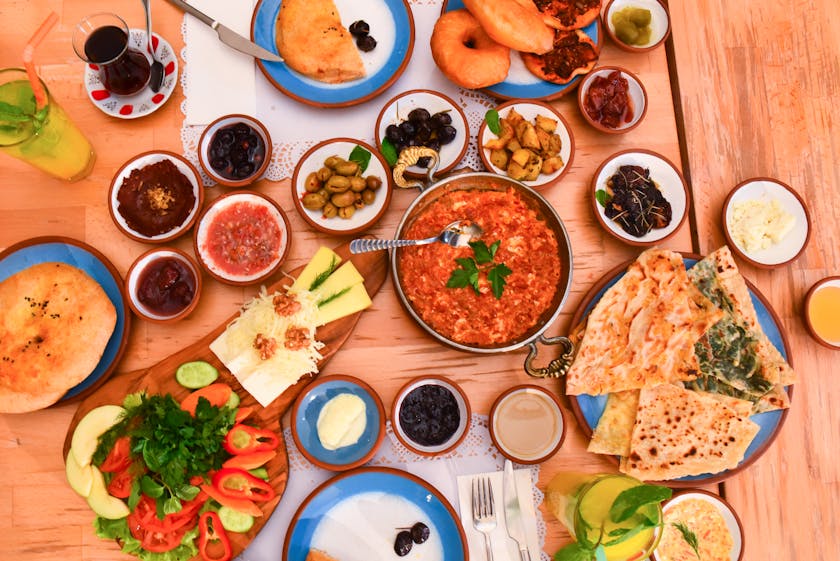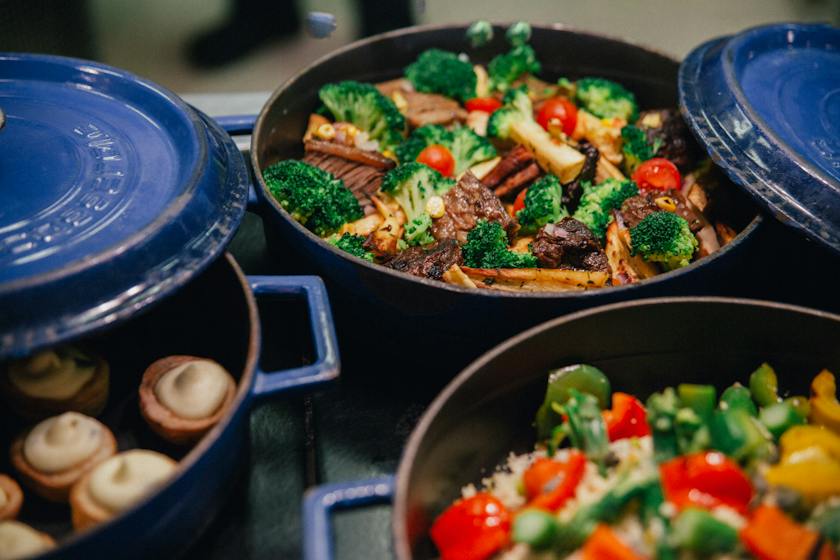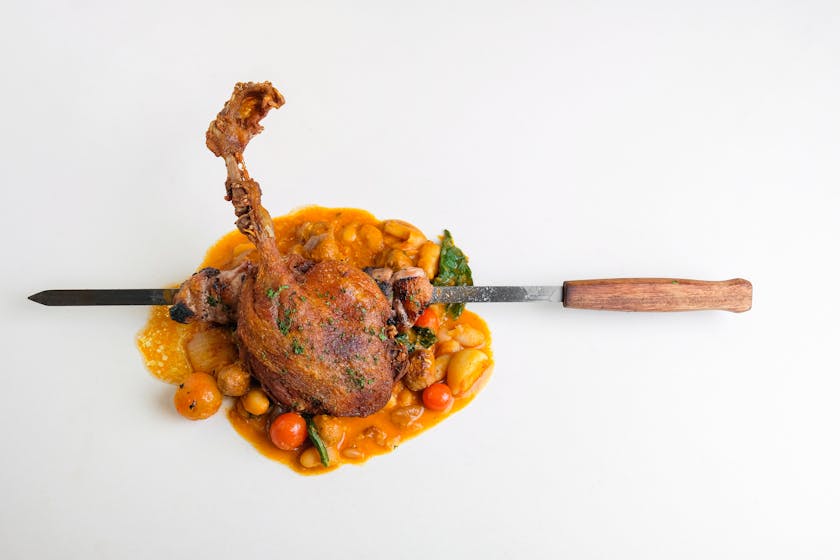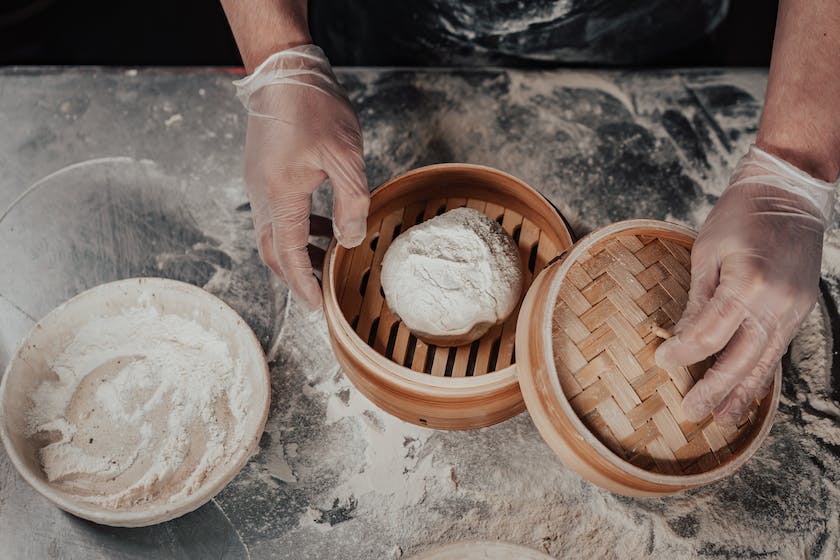When considering bulk meal storage for meal exchanges, the focus is on maintaining food quality and ensuring safety. Here are comprehensive tips to help you master the art of storing large quantities of prepared meals.
Understanding the Basics of Bulk Meal Storage
Before diving into the specifics, it’s essential to grasp the basic principles of bulk meal storage. The goal is to keep food fresh, prevent contamination, and deter freezer burn. This involves proper packaging, temperature control, and understanding the shelf life of various food items.
Selecting the Right Containers
Choosing the appropriate containers is crucial for bulk meal storage. Opt for airtight, freezer-safe containers that can be labeled easily. Glass containers with tight-sealing lids are ideal, as they don’t absorb odors and are reusable. For soups and stews, heavy-duty freezer bags can be a space-saving alternative.
Labeling and Dating Your Meals
Always label your meals with the contents and the date of freezing. This practice helps track how long the food has been stored and prevents the dreaded mystery meal scenario. Use waterproof labels and markers to ensure that the information remains legible.
Effective Freezing Techniques for Meal Exchange Success
Freezing is the most common method of bulk meal storage. To freeze meals effectively:
- Let cooked food cool completely before freezing to prevent ice crystals from forming.
- Fill containers to the appropriate level to allow for expansion when freezing.
- Remove as much air as possible from freezer bags to minimize freezer burn.
Thawing and Reheating
Thawing should be done in the refrigerator or using the microwave’s defrost setting to ensure safety. When reheating, ensure the meal reaches an internal temperature of 165°F to kill any potential bacteria.
Organizing Your Freezer for Easy Access
Organize your freezer by type of meal and date. Keep a running inventory list to know what’s available at a glance. Group similar items together and place older meals in the front to use them first.
Maximizing Shelf Life
To maximize the shelf life of your bulk meals, consider the following:
- Use vacuum-sealed bags for items that will be stored for extended periods.
- Keep your freezer at a consistent temperature of 0°F or below.
- Avoid frequent opening and closing of the freezer door to maintain the temperature.
Handling Meal Exchanges Safely
When participating in a meal exchange, transport food in insulated bags to keep it at a safe temperature. Communicate with your exchange partners about any potential allergens and always adhere to food safety guidelines.
Best Practices for Long-Term Storage
For long-term storage, consider blanching vegetables before freezing to preserve their texture and flavor. Meats should be portioned and wrapped individually. Prepared casseroles and baked goods can be frozen whole or in single-serving sizes.
Incorporating Meal Varieties for a Balanced Exchange
Offer a variety of meal types in your exchange to keep things interesting. Include options for breakfast, lunch, dinner, and snacks. Balance the types of protein, include vegetarian dishes, and consider dietary restrictions within your group.
Utilizing Technology to Streamline the Process
Use apps or online spreadsheets to coordinate with your meal exchange group. This allows you to track preferences, avoid duplicating meals, and plan exchanges efficiently.
Remember, successful bulk meal storage for meal exchanges relies on attention to detail and proper planning. By following these guidelines, you can ensure the longevity and quality of your prepared meals, making your meal exchanges a delightful and stress-free experience.



